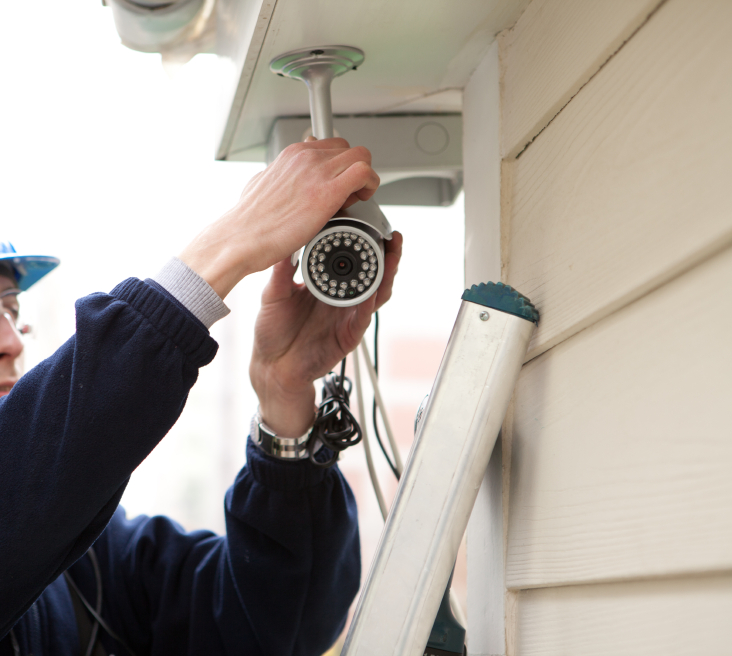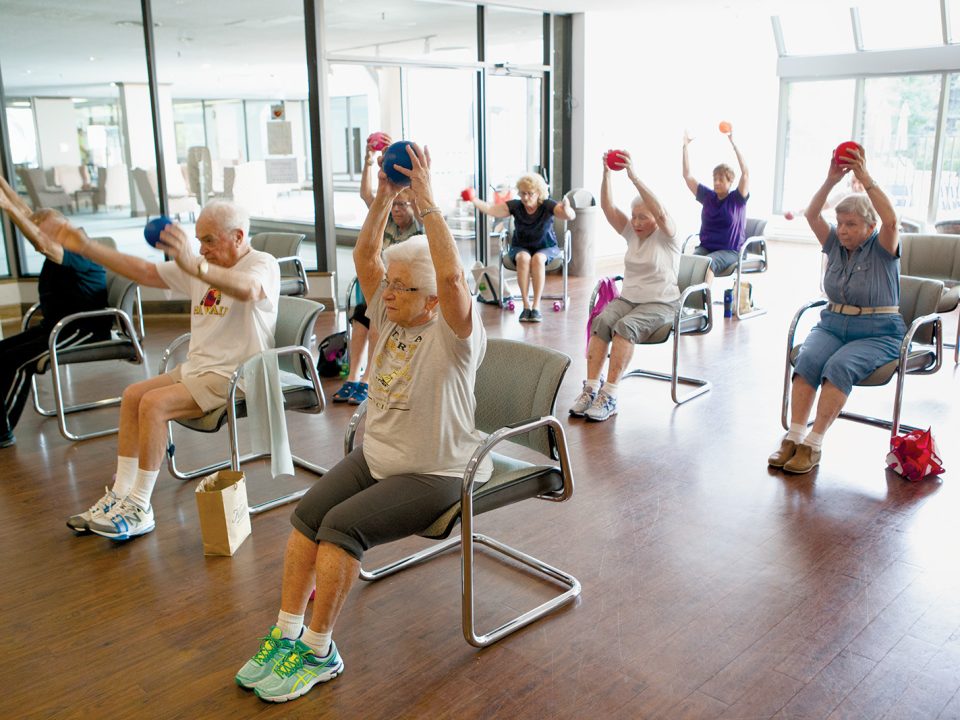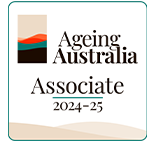Hearing Loss is on the Rise.
February 24, 2018
Seniors, arts, and six weeks of events
March 12, 2018Surveillance cameras in aged care should be considered

The spark for the ongoing topic of surveillance cameras in aged care has once again been ignited in a recent submission for the Inquiry into the Quality of Care in Residential Aged Care Facilities in Australia.
Occupational Therapy Australia (OTA) was behind the 16-page submission which included a number of recommendations, such as the potential inclusion of cameras to record instances of malpractice and elder abuse.
The allied health group in their submission highlights the role cameras can play in calling out issues in aged care by reflecting on the use of the technology in uncovering the issue of a carer suffocating a patient at a facility in South Australia, which they say led to the carer being later convicted of aggravated assault.
Their recommendation states that “video surveillance should be allowed in private rooms of residential aged care facilities (RACFs) with the permission of residents or their families and guardians.
“OTA joins other interested parties in calling for the use of video surveillance in private rooms of aged care facilities to be considered.
“The case of elder abuse in South Australia mentioned above was only uncovered because the patient’s daughter placed a hidden camera in his room.
“OTA believes that video surveillance should be allowed in private rooms with the permission of residents, or their family members and guardians.”
Federal Minister for Aged Care Ken Wyatt says the care of Australian seniors is a “top priority, and makes note of the issues surrounding the implementation of video surveillance in aged care.
“The quality care of senior Australians is a top priority and the health, safety and welfare of aged care recipients is paramount,” he says.
“Video surveillance in aged care settings is a complex issue, requiring careful consideration of its merits for each individual situation.
“Aged care providers must balance each care recipient’s right to privacy and dignity with the care recipient’s right to live in a safe, secure and home-like environment without exploitation and abuse.
“Approved providers must ensure that the use of any such device is in agreement with the care recipient and complies with the relevant State and Territory legislation.”
The Minister adds that the current compliance framework is in place to “promote high quality aged care” and includes comprehensive quality standards, quality monitoring, complaints management and strong enforcement powers.
The Standing Committee on Health, Aged Care and Sport are running the inquiry, and will be taking submissions from interested persons and organisations until Thursday 1 March 2018.
This article was originally published on www.agedcareguide.com.au on 28/2/18.
Author unkown










